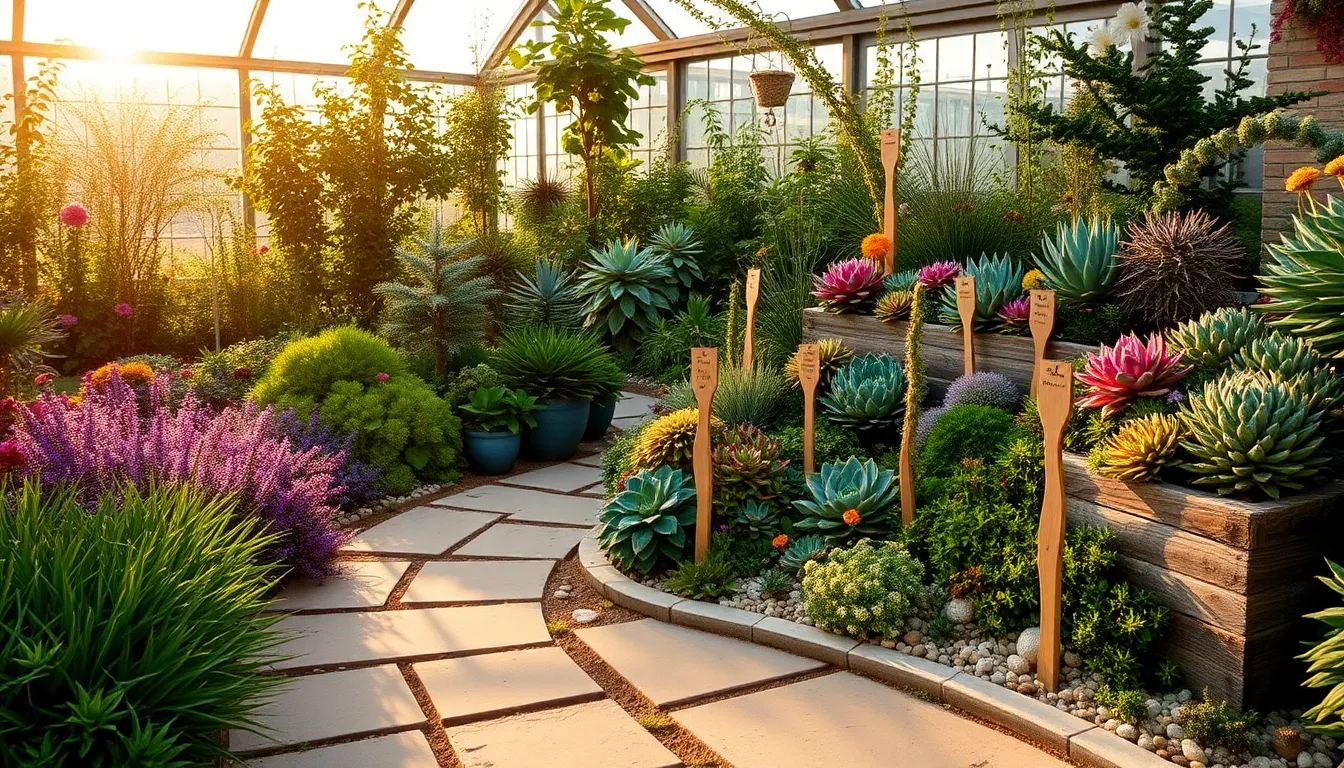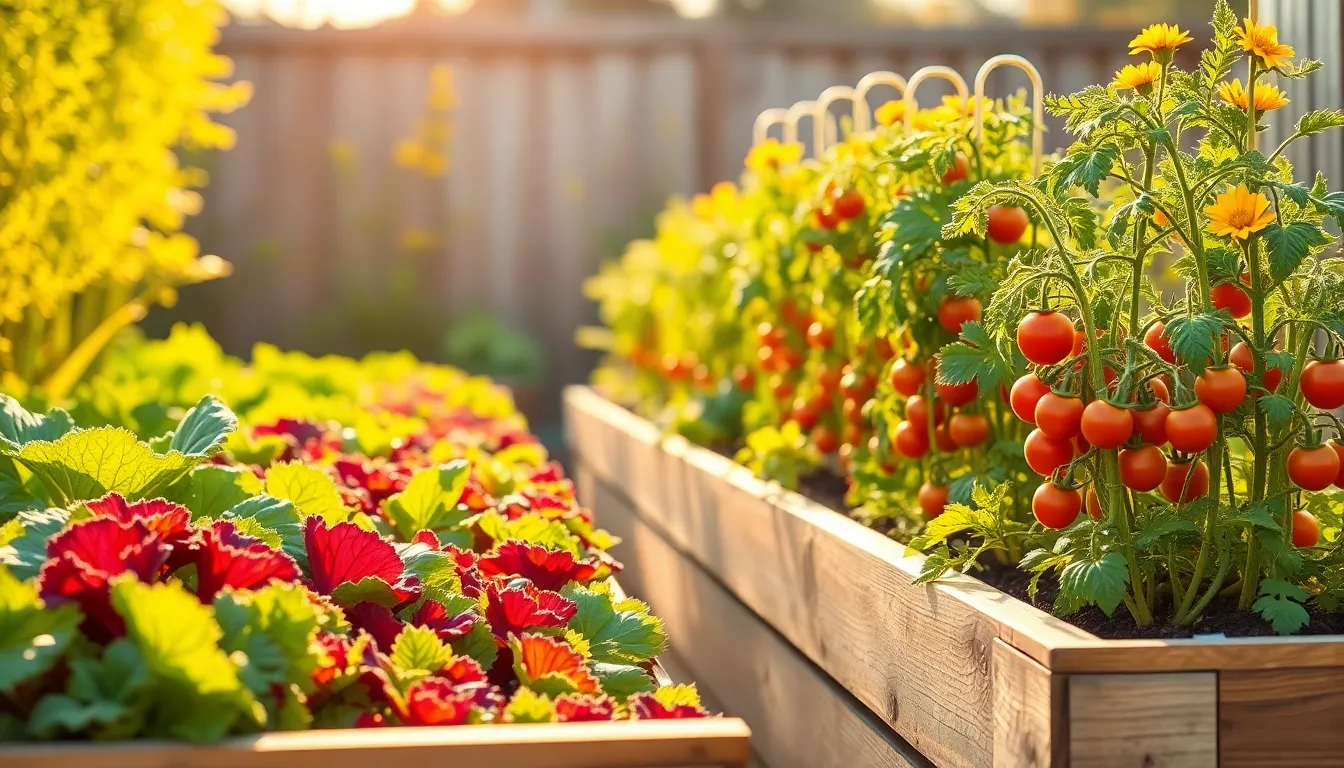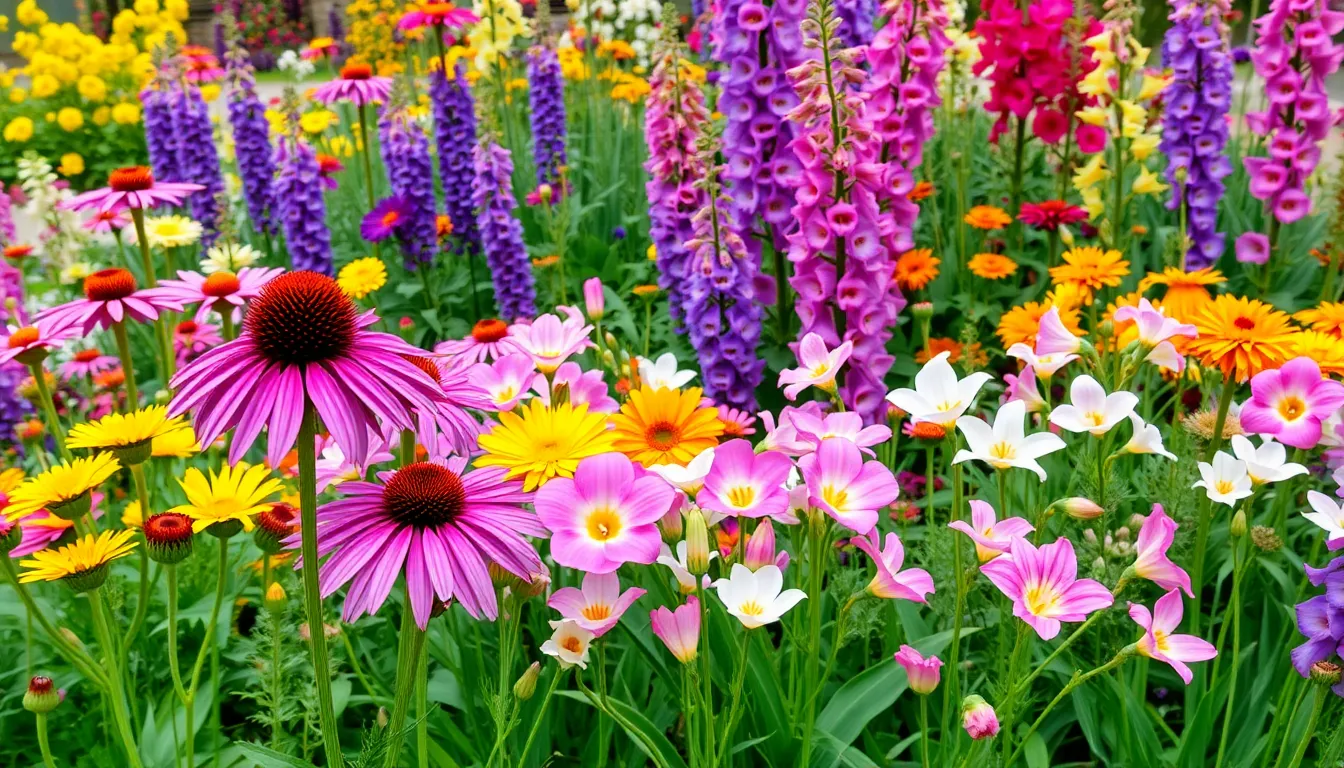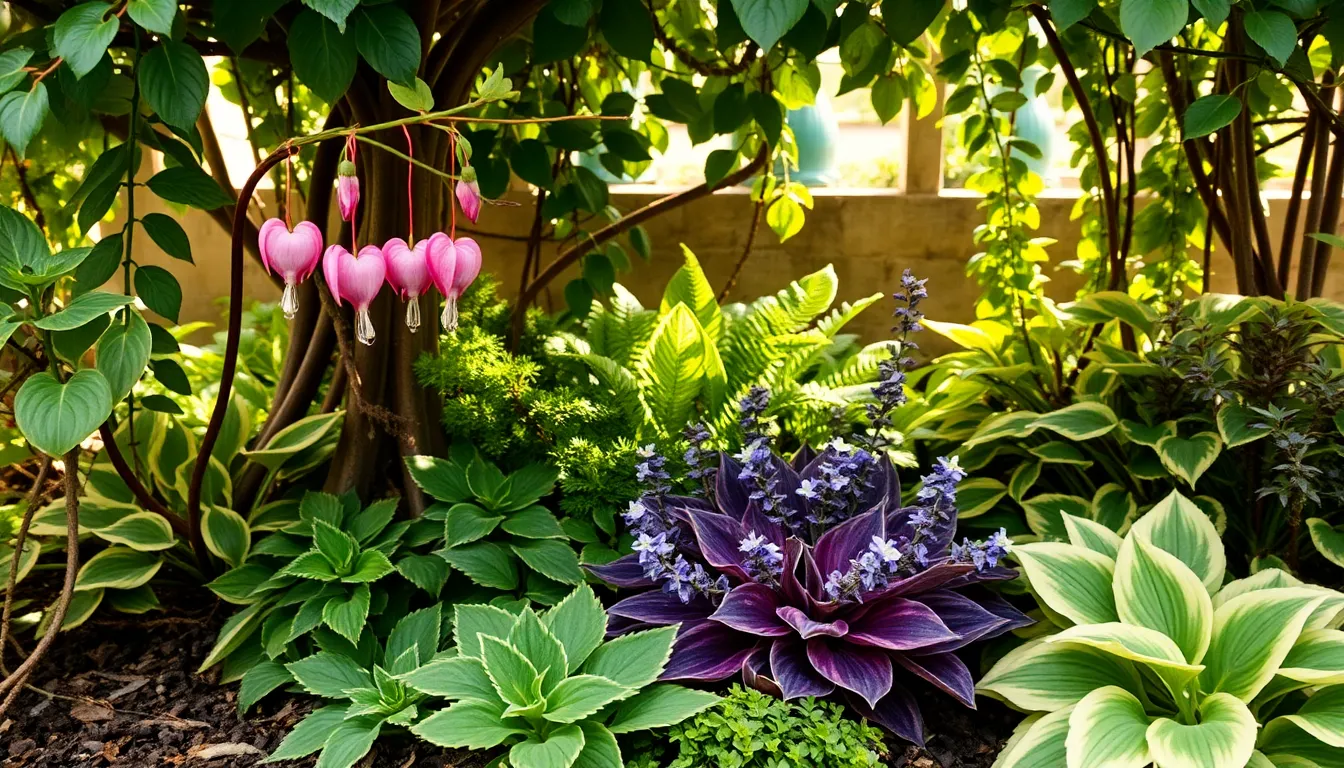For those who long to enjoy the beauty of nature without the constant demands of upkeep, creating a low-maintenance garden is a delightful solution. Whether you’re a budding gardener just starting to plant your first seeds or a seasoned horticulturist looking to simplify your routine, a low-maintenance garden offers the perfect blend of beauty and ease, allowing you more time to relax and savor your outdoor space.
In this article, we’ll explore the essential strategies and plant choices that will transform your garden into a thriving, yet effortless, oasis. You’ll learn how to choose resilient plants that flourish with minimal intervention, as well as innovative techniques to reduce watering and weeding. By the end, you’ll have the knowledge and confidence to cultivate a garden that not only suits your lifestyle but also brings endless joy with its vibrant, low-effort charm.
Assess and Plan Your Space

Before diving into planting, take a moment to evaluate the space where your garden will thrive. Consider factors such as sunlight exposure, soil type, and drainage, as these are crucial for creating a low-maintenance garden.
Begin by observing how much sunlight different areas receive throughout the day. Most low-maintenance plants prefer full sun to partial shade, so choose locations that meet these light requirements.
Next, assess the soil quality by checking its texture and drainage capabilities. Amend heavy clay soils with organic matter to improve drainage, or add sand to sandy soils to retain moisture, creating a more balanced environment.
For advanced gardeners, consider the microclimates within your space, such as areas sheltered from wind or spots that retain warmth. Exploiting these microclimates can help select plants that will thrive with minimal intervention.
Sketch a rough plan of your garden layout, noting existing features like trees or structures that could impact plant growth. Incorporate paths or ground cover plants to reduce weeding and maintenance needs, ensuring a tidy and easily accessible garden.
Select Drought-Tolerant Plants
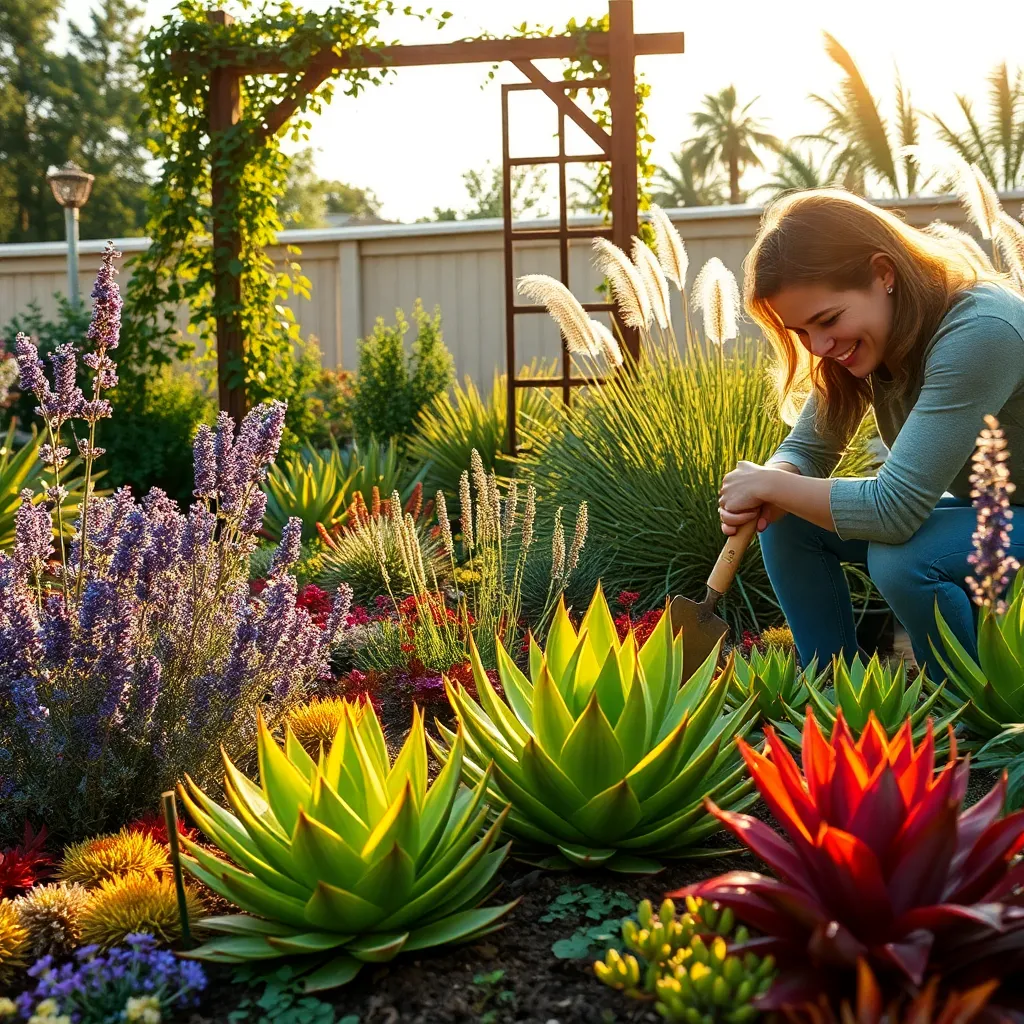
Incorporating drought-tolerant plants into your garden is a smart way to reduce maintenance and conserve water. These plants are adapted to thrive in dry conditions, making them ideal for low-maintenance gardens.
Begin by selecting plants that are well-suited to your local climate and soil conditions. Succulents, lavender, and ornamental grasses are excellent choices as they require minimal watering and care.
When planting drought-tolerant species, ensure the soil is well-draining to prevent waterlogging, which can harm the plants. Adding organic matter like compost can improve soil structure and retain moisture effectively.
Watering techniques are crucial for establishing these plants, especially in their early stages. Deep watering once a week encourages roots to grow deeper, making them more resilient to drought.
Mulching around plants helps retain moisture in the soil and reduces the need for frequent watering. Additionally, mulch can keep weeds at bay, further lowering the maintenance required for your garden.
For more experienced gardeners, experimenting with xeriscaping principles can enhance your drought-tolerant garden. Group plants with similar water needs together to streamline care and optimize water usage.
Install Efficient Irrigation System
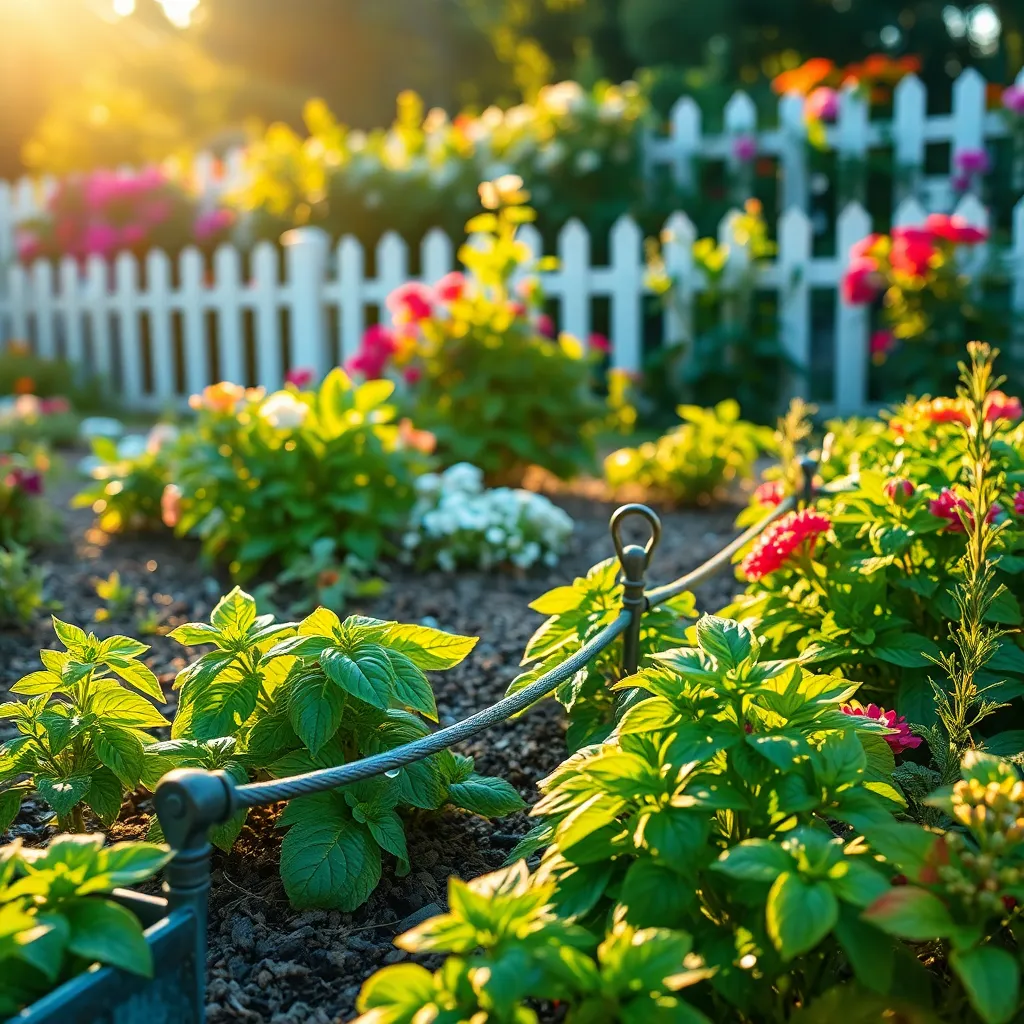
To create a truly low-maintenance garden, installing an efficient irrigation system is a game-changer. Begin by assessing your garden’s layout and determining the areas that need the most water. This assessment will help you decide between a drip irrigation system, soaker hoses, or an automated sprinkler system. Each option has its benefits, and the best choice depends on your specific garden needs.
Drip irrigation systems are particularly effective for gardens with a variety of plant types. They deliver water directly to the roots, minimizing evaporation and ensuring each plant gets just the right amount of water. For beginners, installing a basic drip system can be as simple as connecting a few tubes with emitters along the planting rows. More advanced gardeners might experiment with adjustable emitters to fine-tune water delivery based on plant size and water needs.
Soaker hoses provide another efficient watering solution, especially for garden beds. These hoses can be laid along rows or snaked through densely planted areas, seeping water slowly into the soil. It’s important to cover soaker hoses with mulch to prevent water loss through evaporation and to maintain an even soil moisture level. For best results, attach a timer to automate watering, reducing the effort needed to maintain your garden.
Automated sprinkler systems offer convenience and are ideal for larger gardens or lawns. When setting up a sprinkler system, ensure that each sprinkler head is properly aligned to avoid water wastage on paths or driveways. Regularly check for clogs and misalignments that could impact efficiency. Advanced users can integrate weather sensors to adjust watering schedules based on rainfall, further optimizing water usage.
Apply Mulch to Retain Moisture
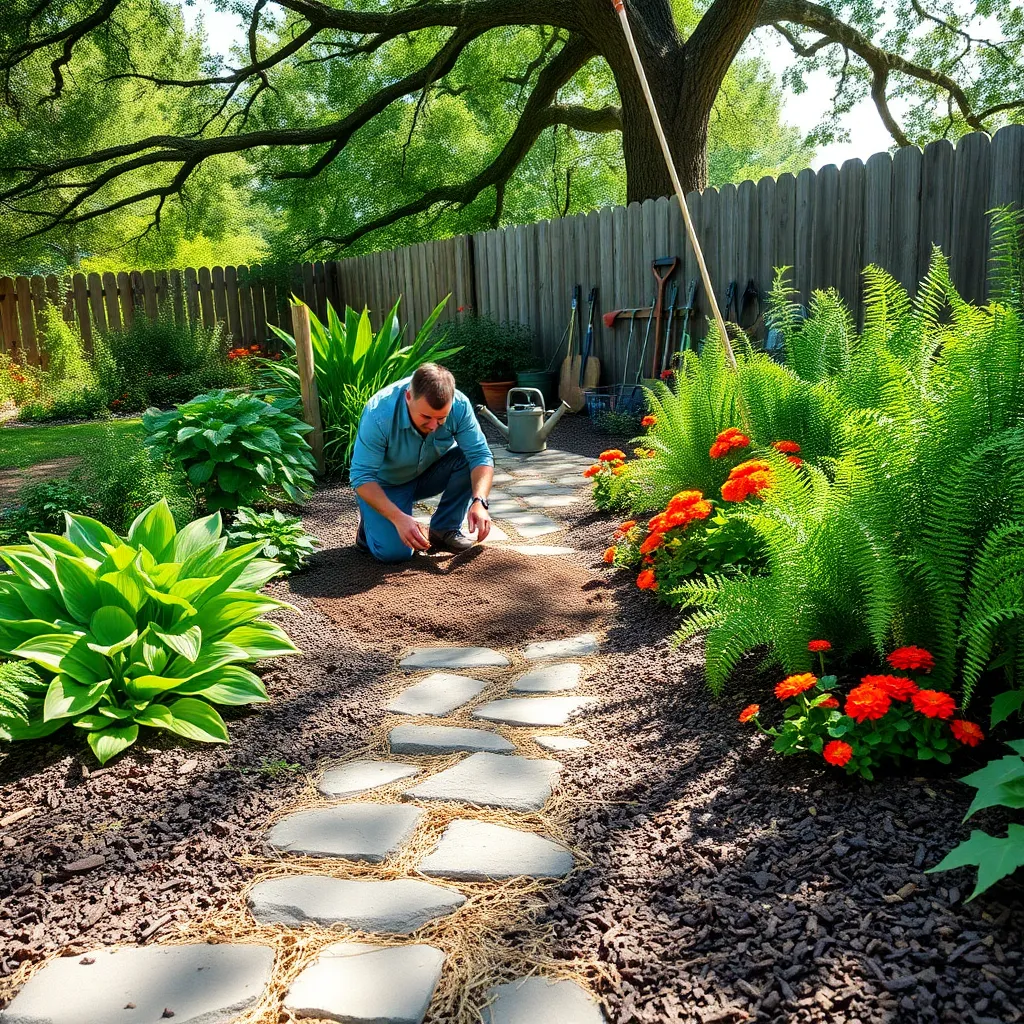
Applying mulch is an effective way to retain moisture in your garden and reduce the need for frequent watering. Start by choosing organic mulches like shredded bark, straw, or compost, which gradually enrich the soil as they decompose.
Before applying mulch, ensure the soil is moist to maximize its benefits. Spread a layer of mulch about 2 to 4 inches thick, keeping it a few inches away from the stems of plants to prevent rot.
Mulch not only conserves water but also helps in suppressing weed growth, further reducing garden maintenance. For best results, replenish the mulch annually to maintain its effectiveness and keep your garden looking tidy.
Advanced gardeners can opt for specialized mulches like cocoa hulls or pine needles, which can provide additional nutrients or acidity to the soil. Experimenting with different types can help you find the best match for your specific soil and plant needs.
Incorporate Low-Maintenance Groundcovers
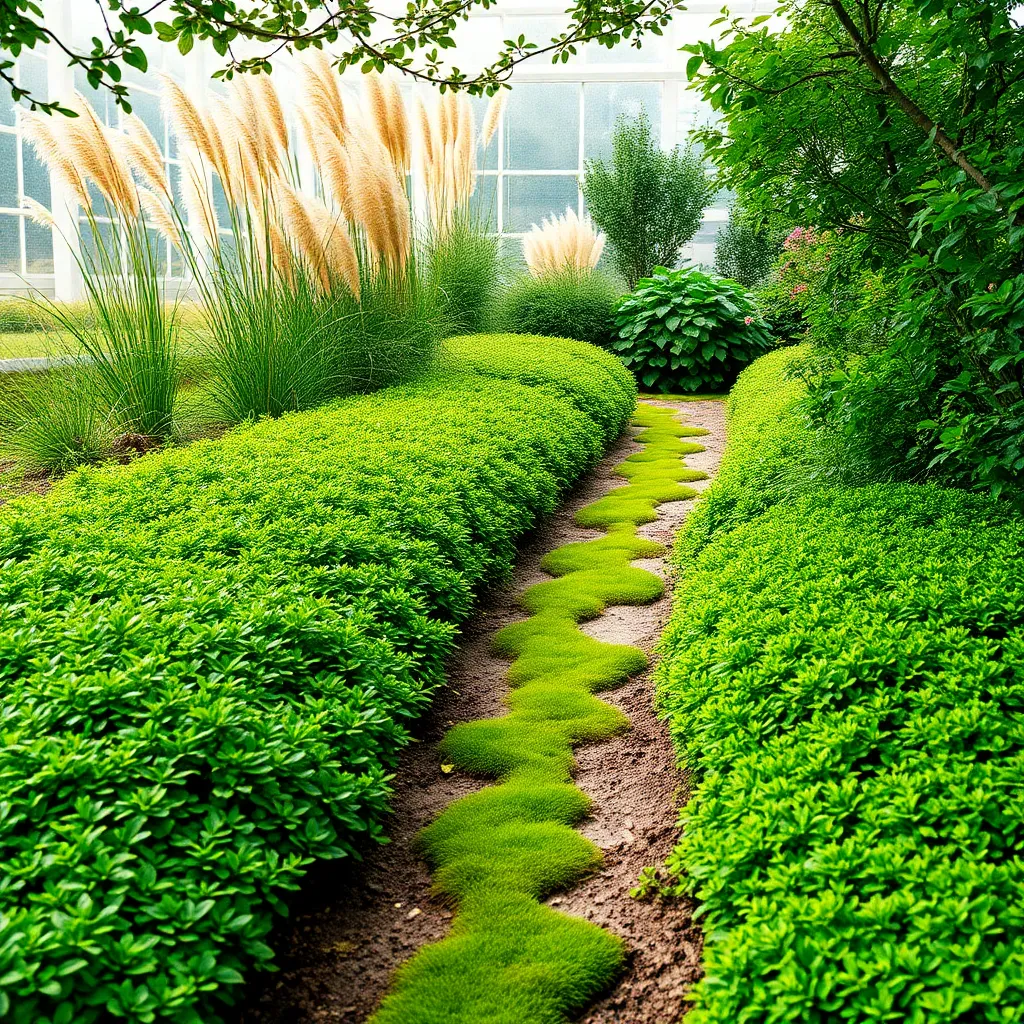
Incorporating low-maintenance groundcovers is a fantastic way to reduce the need for weeding and watering in your garden. Groundcovers such as creeping thyme not only suppress weeds but also add a lush, green carpet that requires minimal care.
For best results, choose groundcovers that are well-suited to your local climate and soil type. Ajuga reptans, for example, thrives in shady areas with moist, well-drained soils, making it perfect for filling those hard-to-grow spots under trees.
When planting groundcovers, ensure they have enough space to spread and establish. It’s advisable to plant them about 12 to 18 inches apart, which allows ample room for growth while quickly covering the area.
Regular watering is crucial during the establishment phase, typically the first growing season. Once established, many groundcovers, like sedum, require only occasional watering, making them ideal for low-maintenance gardens.
Conclusion: Growing Success with These Plants
As we wrap up our exploration of cultivating a low-maintenance garden, the parallels to nurturing healthy relationships become clear. First, we discussed the importance of setting the foundation with clear communication, much like choosing the right soil. We then explored prioritizing quality time, akin to selecting plants that thrive in your environment. Recognizing and respecting individual needs mirrors the thoughtful arrangement of garden elements. Embracing patience and consistency in relationships shares the same essence as regular garden upkeep. Lastly, celebrating growth and milestones, just as you would with your flourishing plants, reinforces a thriving bond.
Now, take a moment to reflect on these insights and identify one relationship in your life where you can apply these principles today. Perhaps it’s reaching out to a friend or partner with a simple, heartfelt conversation.
Bookmark this article as your go-to guide for fostering enduring connections. By doing so, you ensure a resource is always at hand to remind you of the simple yet powerful steps to nurturing your relationships.
As you embrace these practices, envision a future where your relationships are as vibrant and resilient as a well-tended garden. Empower yourself to cultivate connections that thrive, and remember, every small effort sows the seeds for lasting success.

